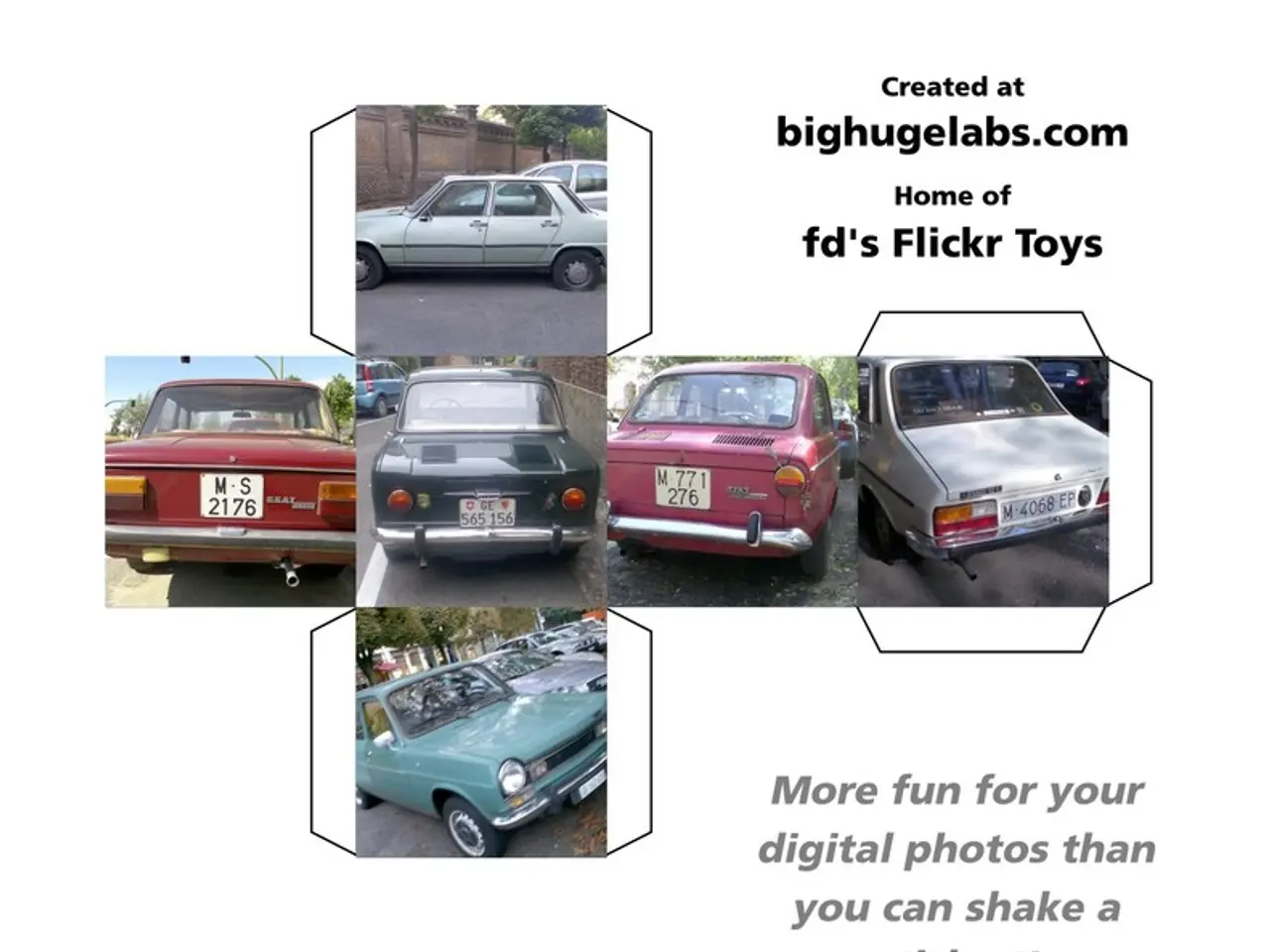Savvy techniques for minimizing fuel consumption when driving: a valuable guide for motorists
In the pursuit of saving money on fuel and reducing environmental impact, experts have identified several key strategies to enhance your car's fuel efficiency. These strategies cover vehicle preparation, fuel and oil choices, driving style, route planning, air conditioning use, and consumption calculation.
Preparation and Maintenance:
- Maintain proper tire pressure: Underinflated tires can increase fuel consumption by up to 4%. Ensure you check and inflate tires to the manufacturer-recommended levels monthly.
- Keep your fuel system clean: Regular fuel system service, including cleaning injectors and replacing filters, improves fuel delivery and engine efficiency, thus saving fuel.
- Avoid carrying excess weight: Removing unnecessary cargo can improve mileage by about 1% per 25 kilograms removed.
- Use recommended oil: Using the manufacturer’s recommended engine oil grade reduces internal friction and helps fuel economy.
- Keep the fuel tank between one-fourth and three-fourths full: This balances fuel weight and prevents damage to the fuel pump while avoiding extra load from a full tank.
Fuel Choice:
While specifics about fuel type are not detailed, using the correct octane rating recommended for your vehicle ensures optimal combustion and fuel efficiency.
Driving Style:
- Shift gears properly: Change gears at the right RPM to avoid over-revving, and use higher gears at lower RPMs for efficiency.
- Avoid riding the clutch: Keeping your foot on the clutch or partial engagement wastes fuel and wears components faster.
- Drive gently and smoothly: Accelerate and brake gradually; avoid sudden stops and starts. Experts advise “driving like there’s an egg on the gas pedal” to maintain even pressure.
- Drive at optimal speeds: Most cars are most fuel-efficient between 40 and 50 mph. Reducing highway speed by 5–10 mph can improve fuel economy by 7–14% due to reduced aerodynamic drag.
- Use cruise control on flat highways: This maintains steady speeds and reduces unnecessary acceleration and braking; avoid using cruise control on slippery roads.
- Avoid unnecessary idling: Modern cars waste significant fuel when idling; if stopped for more than a minute, turning off the engine saves fuel and reduces emissions.
Route Planning:
- Plan routes to avoid heavy traffic and idling.
- Consider parking in shaded or covered spots to reduce air conditioning use upon return.
- Park facing out to minimize engine idling when leaving.
Air Conditioning Use:
- Use AC sparingly since it increases fuel consumption.
- At low speeds and in city driving, rolling down windows can be more fuel-efficient than running AC.
- On highways, using AC’s recirculation setting minimizes energy use.
Calculating Fuel Consumption:
- Keep track of fuel use by measuring distance traveled per volume of fuel consumed. Regularly monitor mileage and adjust driving habits accordingly.
- A monthly “car care day” to check tire pressure, fluids, and remove excess weight helps maintain consistent fuel economy.
By implementing these practices, you can significantly improve your car’s fuel efficiency, save money on gas, and reduce environmental impact. A reliable method for calculating consumption is by filling up to full tank, driving a certain distance, and refilling, then using the formula: (liters / kilometers) × 100 = l/100 km. Additionally, replacing spark plugs can save up to 1 liter per 100 km due to their importance for fuel efficiency.
In the industry, maintaining a clean fuel system and adhering to the manufacturer's recommended tire pressure, oil, and weight significantly contribute to enhanced fuel efficiency in the automotive sector. Financing a regular vehicle maintenance plan can lead to substantial savings on fuel costs and carbon emissions. Additionally, transportation departments could Consider promoting route planning and air conditioning use management as measures to reduce fuel consumption within municipality-run fleets, leading to financial gains and environmental sustainability in the transportation finance sector.




